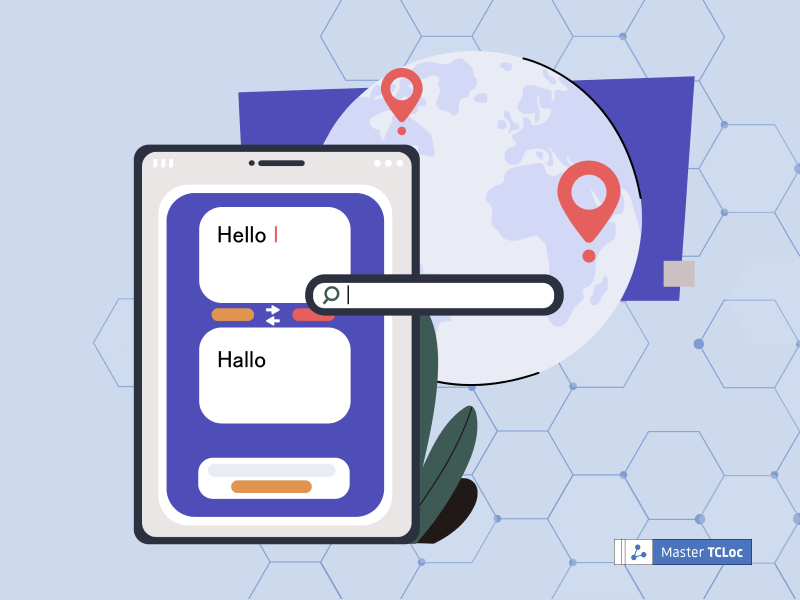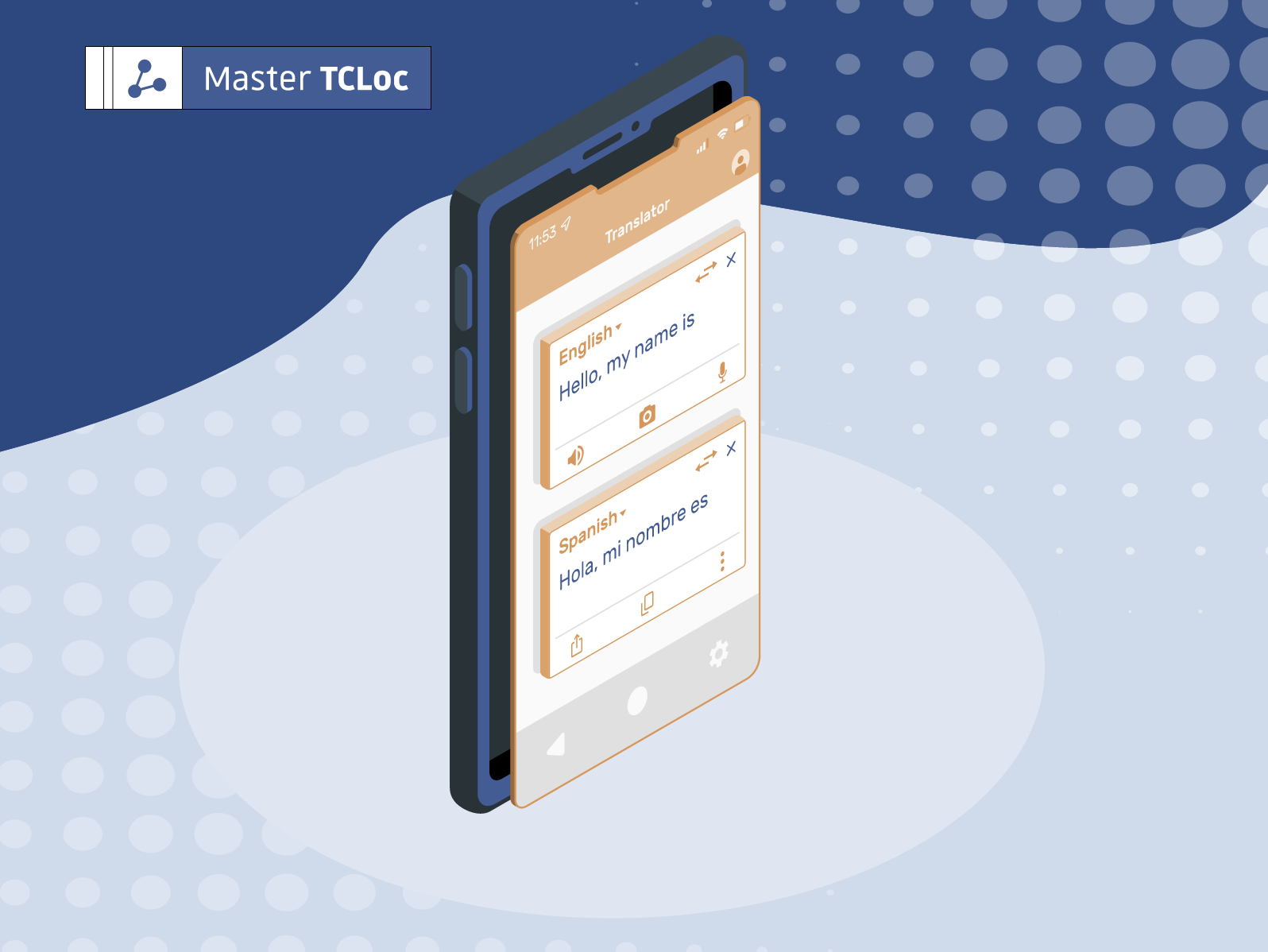Localization is what truly makes the internet interconnect. As the “worldwide web” exponentially expands its scope and reach across populations, countries, and languages, it must simultaneously shrink on local levels to cater to a form of specialization, customization and language specificity that is comfortable, familiar, and approachable to local audiences.
This personal yet global “reach out and touch someone” will only be possible through international localization efforts, combining the expertise of seasoned linguists and computer professionals alike, collaborating on cutting-edge platforms and programs that manage any number of languages, dialects, and messages in real time. Though in many ways in their infancy, such platforms already exist. Platform developers and programmers are currently in a heated race when it comes to faster, clearer, and better-communicated messages.
Localization Tools
The jury is still out on this matter, and most localization tools are still not in use by a majority of the world’s language veterans. Getting on board yesterday is crucial; however, as the multi-billion-dollar localization industry has slowly but steadily begun to consume the translation industry while simultaneously still depending on its professionals for success. Reaching a global audience in a way that feels intimate and personal is a lofty goal, but there are real, constantly evolving tools being created specifically for this niche.
Localization in the Real World
So, what exactly does localization, abbreviated in the industry as L10N, do on a practical level, day to day? The US government COVID-19 website was unveiled just months into the pandemic with critical information for various language speakers around the country. Ordinarily, translating the amount of detailed, critical content offered by the federal government, and then properly preparing it for online publishing, would have been a lengthy and detailed endeavor. With localization in the mix, more than 10 versions of the COVID-19 website were available within a week. This was made possible due to skilled professionals working remotely but “together” online in a cloud. Getting emergency information into the hands of the public in real-time, everywhere from New York City to a small village in Mexico, is what localization has begun to do very well.
Consider this example which could easily be extrapolated onto an infinite number of industries, services, and product. Heading south to Central/South America, where an Americano is a white-skinned male just north of Tijuana, the whole concept of a “latte” has its own traditional name based in Latino culture and is fondly referred to as “café con leche”. Transpose this scenario onto a small village in Mongolia. Suppose that a Starbucks franchise had intentions of opening there. What to do with all the American offerings and borrowed, trendy Italian words on the menu? Moreover, will coffee even fly (or pour) in Mongolia? In the coldest country in the world with strong cultural links and ceremonies surrounding tea, might a more local morning brew be more appropriate…? Traditionally
Mongolians drink their tea mixed with cow’s milk (and they don’t call it a “chai latte”, but rather a “black tea with milk”). Would an average translator working for Starbucks Corporate USA be able to handle not only the language barrier in that case, but the cultural challenges as well? Localization comes to the rescue in this and many similar scenarios, blending the cultural expertise of locals with the language talent of trained professionals, working through high-tech platforms fresh out of Silicon Valley, all balanced and cooperating to yield a flavorful, properly localized brew.
If you want to go further in localisation, have a look at all our articles on the subject.



